What is good and bad for the kidney system: nutrition, diet, climate, water regime and prevention
Talking about what is good for the kidneys, the urologist always adds diet, proper nutrition, optimization of the climatic conditions in which a person lives and hygiene of the genital organs to drug therapy.
There are many kidney diseases. Each nosological form has pathogenetic and morphological mechanisms and requires a unique, but combined treatment.
What food is good for the kidneys
Foods useful for the kidneys, which have a diuretic effect:
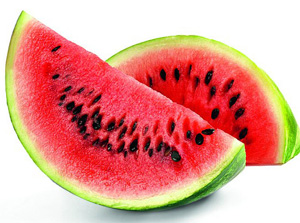
- Zucchini;
- Pumpkin;
- Vegetables;
- Dried apricots;
- Prunes;
- Salads;
- Melon;
- Watermelon;
- Cowberry;
- Beet.
To reduce the load on the glomeruli, sodium restriction (table salt) is required.
This requirement is quite stringent and requires immediate implementation by any patient with renal pathology.
Cowberry has beneficial properties for the kidneys, tincture of its leaves helps in dissolving stones.
Sodium "pulls" water onto itself, which increases the amount of renal filtration and reabsorption (reabsorption) of fluid. In such a situation, the load on the kidneys increases and any disease worsens. With a decrease in the liquid component and sodium chloride, the pressure on the renal glomeruli and tubules decreases.
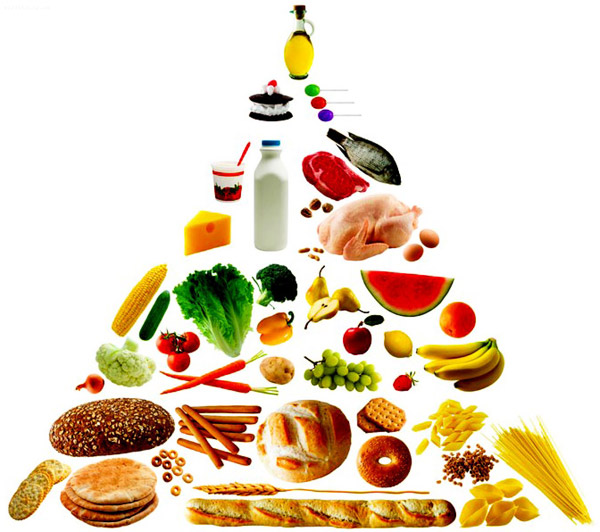
Diet number 7 - foods that are good for the kidneys
In order for unsalted food to have taste characteristics, apple or wine vinegar, lemon juice are added to it.
Useful for the kidneys fractional meals - 4-6 times a day. Menu composition: proteins (80 grams), carbohydrates (450 grams), fats (70 grams). The daily calorie content of the diet is 3000 calories.
What is good to drink: a variety of natural juices are useful for the kidneys, especially carrot, berry, etc.
Beer is not good for the kidneys, despite the apparent diuretic effect, alcohol only exacerbates the burden on the kidneys. To remove stones, natural diuretic products should be taken.
Water regime in renal pathology
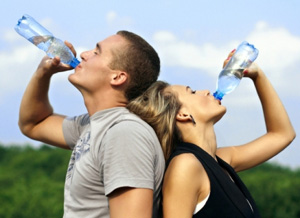 It is impossible to accurately establish the water regime for each kidney disease.
It is impossible to accurately establish the water regime for each kidney disease.
To determine the amount of fluid consumed in each individual patient, doctors determine the concentration ability of the kidneys.
Modern doctors began to carry out such tests often, since, according to statistics, the number of children with kidney pathology has increased.
Tests for evaluating the concentration properties of the kidneys:
- Study of urine osmolality (relative density). It depends on the state of the dissolved particles;
- The Zimnitsky test involves assessing the concentration of urine in three portions, collected after 3 hours during the day. In childhood, instead of this test, the Reizelman reaction is performed. With her, urine is collected during the day, but at free intervals;
- Load tests are carried out by excluding fruits, water, berries and vegetables from food. Against this background, every 3 hours, starting from 15 hours, urine is collected.
- neurological diseases;
- Nephropathy;
- Kidney inflammation;
- Early age.
Only after performing the tests, it is possible to determine the mode of fluid intake for each patient individually. When it is not possible to conduct concentration tests, there are general recommendations.

Physiologically healthy kidney tissue is capable of excreting only a liter of fluid. Therefore, it is normally recommended to drink from 1 to 1.5 liters of water per day. With renal pathology, the body can excrete up to twenty liters of daily fluid. Such volumes must be replenished quickly to avoid dehydration.

Determination of urine density with test strips
There is a wise folk saying that should be used when there are contraindications to conducting concentration properties - "Believe your thirst." If a person with kidney disease experiences dry mouth and thirst, they should drink water until the symptoms disappear. True, with swelling in the legs, the fluid level should be limited.
- Drink a liter of water per 1,000 calories;
- If the caloric content of the diet is 2 kilocalories, then about 2 liters of liquid are needed per day.
With most kidney diseases, dehydration develops, so fluids should be consumed even more.
Additional water will be required for people in whom renal pathology is combined with other internal diseases:
- diabetes insipidus;
- Gout;
- Intensive drug therapy.
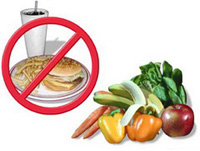 More information about you will learn in our special block. All about home diet and ways to relieve inflammation and pain without going to the doctor.
More information about you will learn in our special block. All about home diet and ways to relieve inflammation and pain without going to the doctor.
Read about the risk factors for the development of pyelonephritis, as well as which drinking regimen to choose with such a diagnosis.
Optimal climate for illness
With kidney disease, it is necessary to observe the optimal climate so as not to worsen the course of kidney pathology.
Basic principles of climatic treatment of kidney diseases:
- In the heat there is increased sweating;
- In cold weather, the excretion of fluid through the lungs increases;
- In dry weather, dehydration through the gastrointestinal tract increases.
With any of the above conditions, the body's need for fluid increases. When walking in dry and frosty weather, you should first drink a glass of hot tea or water. This will reduce the intensity of ventilation in the lungs.
Please note that air travel leads to increased sweating.
If a patient with urolithiasis or pyelonephritis is planning an air flight, he must take care of the optimal skin temperature and water regime.
How is prevention carried out?
Modern prevention of kidney disease differs from the principles used by urologists 10 years ago. American scientists conducted experimental studies that showed that abundant water intake by men not only eliminates dehydration, but also prevents kidney pathology.
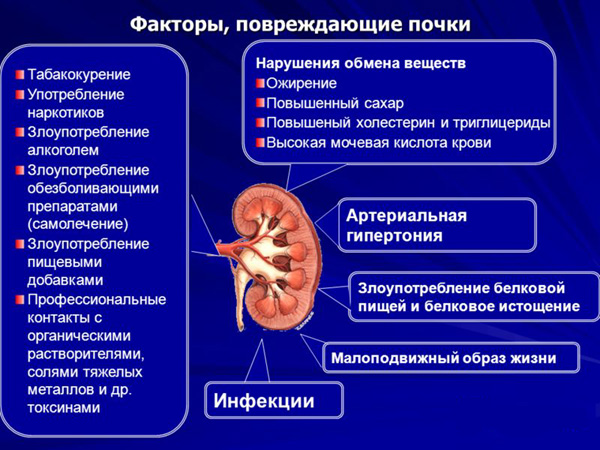
Risk Factors for Kidney Disease
Experimental developments of medical universities in the United States have proven that in representatives of the strong half of humanity, a higher incidence of bladder cancer is formed due to the fact that the representatives of the strong half consume little liquid.
Statistics show that a man drinks 0.5 liters less water per day than a woman. It should be borne in mind that physiologically the representative of the stronger sex loses 700 ml of fluid daily more than a woman. Against this background, urine will be more concentrated.
Experiments have shown that a man who drinks more than 2.5 liters of water per day had bladder cancer 50% less often.
Scientific studies have also shown high anti-cancer activity of wine, coffee, beer and tea.
Diet
The kidney disease diet includes the following principles:
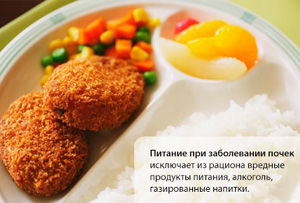
- Exclusion of smoked meats and salt;
- Restriction of meat products;
- Alkaline drink;
- Herbal drinks;
- Refusal of alcohol.
If the patient is obese, fatty foods should be excluded. You can eat dairy products, but with a low sodium content. To balance the balance of vitamins and trace elements, you need to consume dietary supplements.
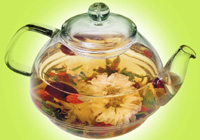 Do not know how to use grass for the kidneys in a particular disease? during pregnancy, in the treatment of cystitis and other diseases will help you.
Do not know how to use grass for the kidneys in a particular disease? during pregnancy, in the treatment of cystitis and other diseases will help you.
And you will find out which herbs are suitable for the treatment of kidney cysts. Instructions, dosages, tips for use, contraindications for use and what effect can be achieved.
What is harmful and should be avoided
There is a list of procedures harmful to the kidneys:
Friends, the most important thing is water, buy water filters, tap water seems to me the main source of all ailments, and then various violations begin. Unfortunately, I suffered from sand and kidney stones for 4 years. I will say from my own experience that no folk remedies helped me, only medication. I will say this, I tried to drink Fitolizin, of course, the remedy is quite heavy, the sand came out quite painfully, but effectively, a two-week course helped get rid of this ailment. Of course, I use folk remedies, but only for the sake of prevention, but no diet will help you get rid of stones and sand, but diet prevention is quite effective: I was examined a month ago, there is no sand and stones.




